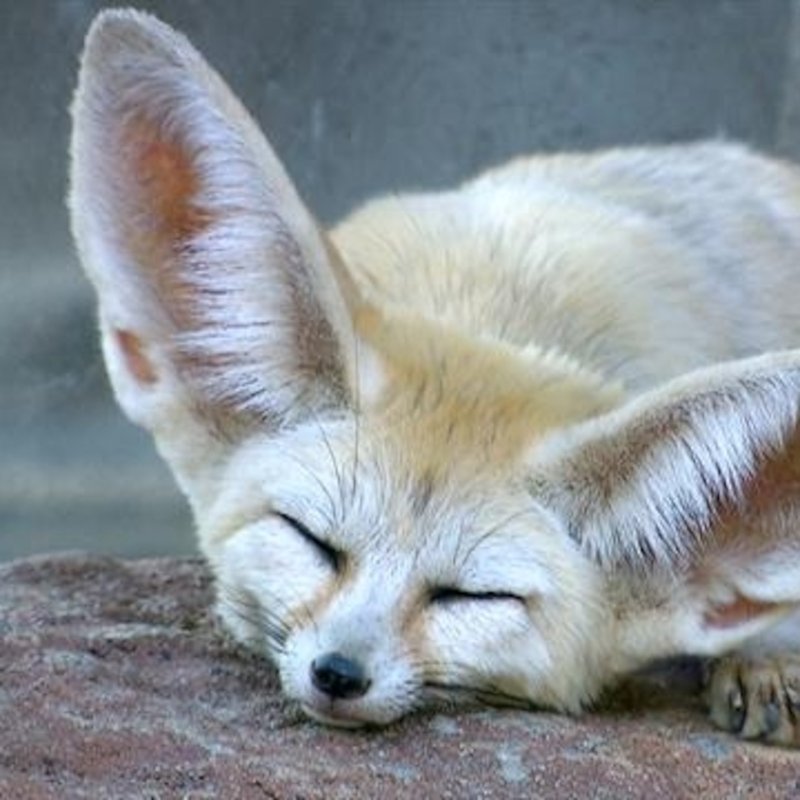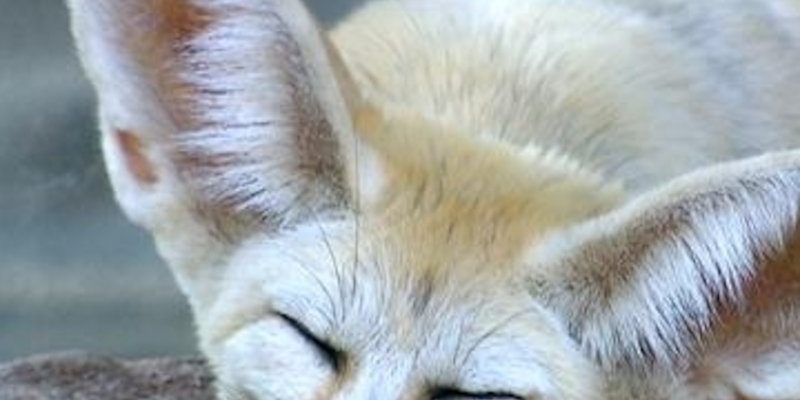
To put it simply, fennec foxes call the sandy, arid regions of the Sahara Desert their home. Their habitat is more than just a place to sleep and eat; it’s intricately connected to how they survive, thrive, and adapt. Let’s explore the incredible habitat of fennec foxes, their distribution across the vast desert, and what makes them so uniquely suited to this challenging environment.
The Sahara Desert: Fennec Fox’s Main Habitat
When you think of the Sahara Desert, envision vast expanses of sand dunes, rocky plateaus, and endless skies. This is the primary habitat of fennec foxes. Covering around 3.6 million square miles across North Africa, the Sahara provides a unique environment full of surprises. Despite being one of the hottest places on Earth, the desert supports a surprisingly diverse array of wildlife, including our favorite little foxes.
Fennec foxes specifically thrive in the sandy areas of the Sahara. Their light fur helps them stay cool under the blazing sun during the day. Interestingly, they’ve adapted to being nocturnal creatures, which means they are active at night when temperatures drop. You might picture them darting through the sand, using their excellent hearing to hunt for insects or small rodents lurking beneath the surface.
Let me explain what makes their habitat crucial: the sandy terrain allows them to dig burrows, providing a cool escape from the heat and a safe place to raise their young. These burrows are essential for their survival and offer a cozy nook where they can sleep during the scorching daytime temperatures.
Distribution Across North Africa
Now that we know the Sahara is their main habitat, let’s dive deeper into where fennec foxes can be found within this vast desert. Their distribution isn’t limited to just one spot; these little foxes are spread across several North African countries, including Algeria, Tunisia, Libya, Mali, and Niger.
Here’s the thing—though they enjoy the sandy stretches of the Sahara, fennec foxes are also known to inhabit areas near oases and rocky outcrops. Why? Well, oases provide critical access to water, and rocky areas offer extra hiding spots from predators. These strategic choices in their habitat help them thrive in an otherwise harsh environment.
You might be wondering how they manage to find water. Fennec foxes have developed a fascinating way to cope with the dry conditions. They get most of the moisture they need from the food they eat, such as insects and small animals, and they can survive without drinking water for long periods. Isn’t that incredible?
Adaptations to Desert Life
Fennec foxes are not just cute; they’re also remarkably adapted to life in the desert. They have large ears, which help them dissipate heat and keep cool in the intense sun. In fact, their ears can be about 6 inches long! This feature not only plays a role in thermoregulation but also enhances their hearing, allowing them to pick up the faint sounds of prey beneath the sand.
Another adaptation is their soft, thick fur that not only keeps them warm at night but also protects them from the harsh sun during the day. You might think of them as little furry bundles that are perfectly equipped to handle the extremes of their environment. Their paws are also uniquely designed to help them walk on hot sand without burning. They have fur on the pads of their feet, providing insulation and grip.
These adaptations make the fennec fox a true desert survivor. They illustrate how evolution can shape an animal to thrive in its habitat. Every feature they have seems to be a little miracle of nature!
Threats to Their Habitat
As much as fennec foxes are well-adapted to their environment, they still face significant threats. Human activity is one of the biggest dangers. The expansion of agriculture, urbanization, and industrial development encroaches on their habitats. This can lead to a decline in their natural living spaces, making it harder for them to find food and raise their young.
Another significant threat is poaching. Fennec foxes are often hunted for their beautiful fur or kept as exotic pets. This not only impacts their population but disrupts the balance of the desert ecosystem. As predators of insects and small rodents, fennec foxes play a vital role in controlling these populations.
Conservation efforts are crucial to protect these enchanting creatures. Organizations focusing on wildlife preservation are working to ensure that fennec foxes can continue to roam the Sahara and thrive in their natural habitat. It’s a reminder of how important it is to preserve the environments that these animals call home.
Fennec foxes are much more than just cute faces with big ears; they are extraordinary survivors of the Sahara Desert. Their unique habitat and distribution show us how life can adapt even in the harshest conditions. By understanding where fennec foxes live and the challenges they face, we can appreciate these incredible creatures even more.
So, the next time you think about fennec foxes, remember the vast Sahara they inhabit, the clever adaptations they possess, and the importance of protecting their home. After all, these little foxes remind us that we share this planet with some amazing wildlife that deserves our respect and care.

